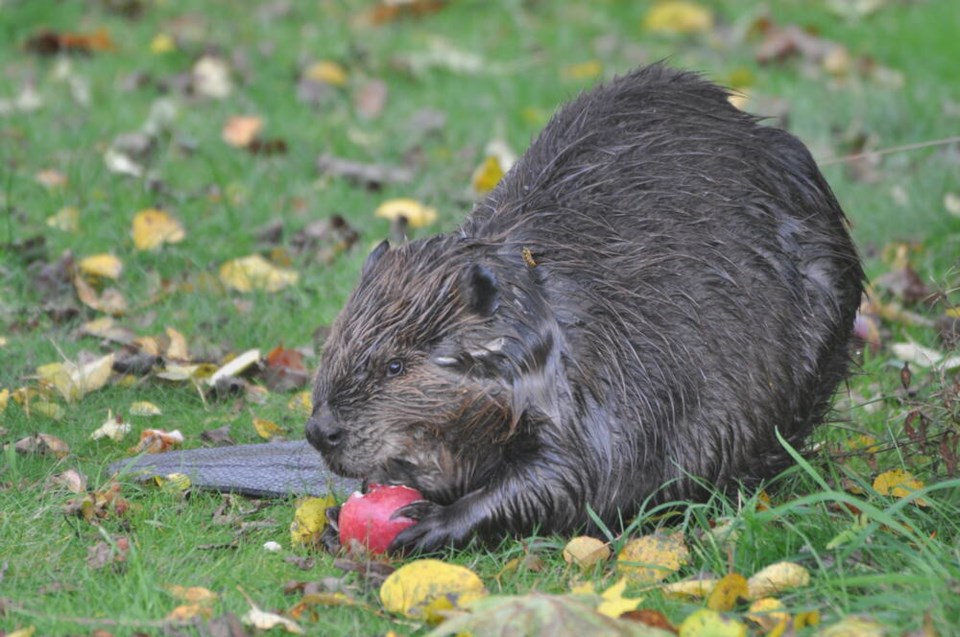The aquatic North American Beaver (Castor canadensis) is North America’s largest rodent and a national emblem of Canada. They can be easily identified by their flat scaly tail, large incisor teeth and webbed feet.
Beavers have always been very important to the people of Canada.
Indigenous people used beaver meat as a food source and beaver pelts to make warm, waterproof clothing, thanks to their dense undercoats and long guard hairs.
Beaver fur was highly prized by Europeans during the 1700s and 1800s for making fashionable men’s top hats. The resultant North American fur trade prompted European exploration of the entirety of what is now Canada.
Beavers live in lakes, rivers, streams, and tidal waters throughout British Columbia. They create stick and mud dams in these water systems to block flows and raise water levels. Beaver burrows and lodges require deep water. The living space is built above the water’s surface while the entrance is submerged to make it inaccessible to predators. Beaver dams often create small ponds which benefit other species such as waterfowl, fish, and amphibians.
Beavers use trees for more than just building. Their primary food source is deciduous tree bark and young, soft branches. In the fall, beavers focus on stashing food for the winter. They pile branches and chunks of trees in the water near their lodges or bank burrows to provide a food source for the coldest months of the year.
Although beaver pond creation is generally ecologically beneficial, issues arise when they are built near human infrastructure.
Here at the George C. Reifel Migratory Bird Sanctuary, mini beaver dams built in our water control structures often cause trail flooding. However, we always enjoy seeing beavers and are often greeted by a loud tail slap in the water warning other beavers of our approach.
Editor’s note: Nature Notes is a monthly column presented by the Delta Naturalists and their community partners. For info on monthly meetings and more see: www.dncb.wordpress.com and www.facebook.com/DeltaNats/.



